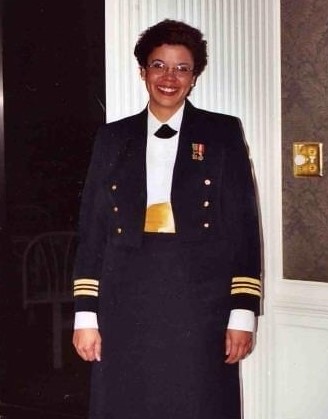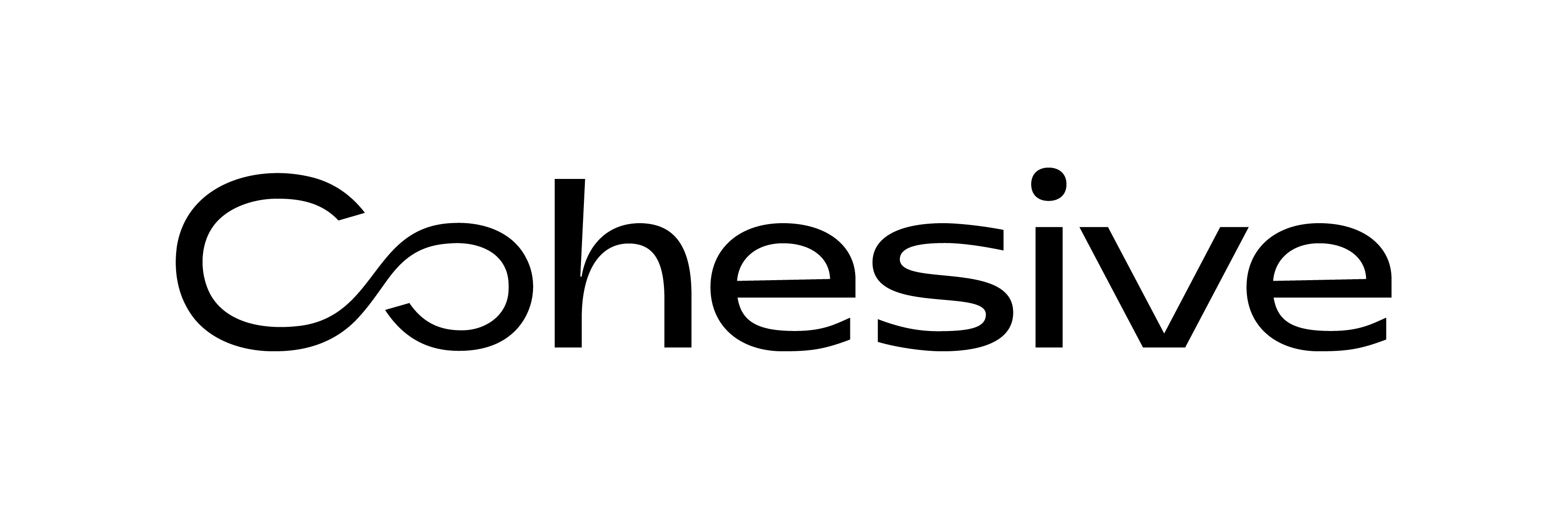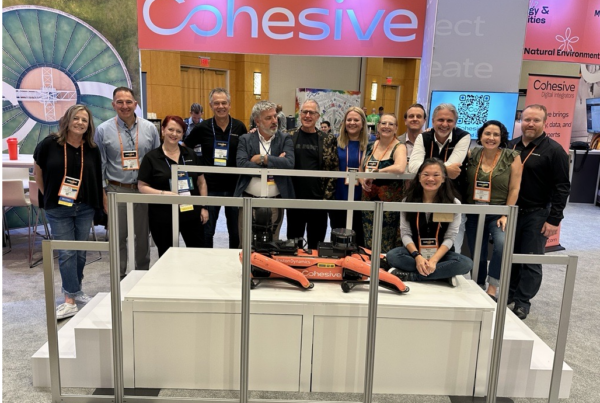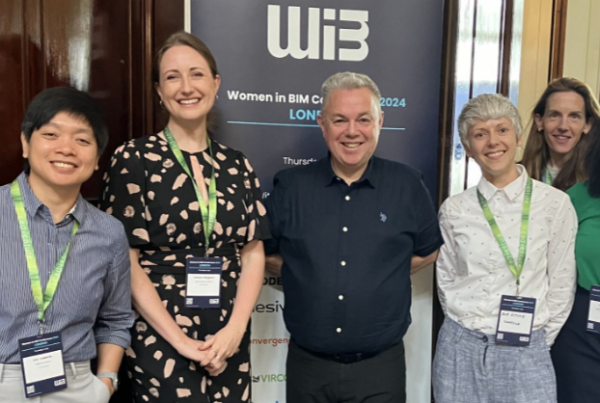
To mark UNESCO’s International Day of Women and Girls in Science, we are running a series of Q&As with women across our business.
Today we are in Georgia, US, with Stephanie Robinson, Director of Delivery Services.
Stephanie honed her leadership skills during 13 years as an officer in the US Navy where her final rank was Commander.
She talks to us about code-breaking and the Cloud.
Q.You spent over a decade in the Navy? What was your role?
A.I was somewhat disillusioned in my first job out of college (pharmaceutical sales). I was looking for something with more collaboration that aligned with my ‘servant leadership’ mindset.
I started as a junior officer in Cryptology. I supervised young sailors who were code breakers, originally stationed in Misawa, Japan, and later working from various US locations.
When I joined, women were not permitted to work in combat positions, which meant I would not be able to deploy on a ship or plane. Though I missed out on the combat experience I gained significant experience in managing people, by leading the shore-based crew.
The downside was by the time Congress accepted that women could serve in combat positions, I was too senior to deploy as an apprentice.
Q.It was a good introduction to technology and its power?
A.So many of the technologies that are common in our office lives now were first implemented by the US Military. We ushered in Chat, the world wide web, networking, and what became MS Office.
Q.What does your day-to-day role involve now?
A.My focus is in the utilities sector and my role is a mixture of people and project management.
I lead projects and people in implementations, upgrades and process transformations.
We are about helping organisations manage their physical assets better. We analyse their business processes, how they do things, their end goal, how they want to do it then we make recommendations on best practice based on our experience and technical expertise.
Internally, as a people manager, I facilitate the professional development of my teams and support their wellbeing within the company.
Q.So your work is about the people or the technology?
A.For a proper solution it has to be both and all.
A great technology that does not facilitate a good answer, or is difficult to use, will not be used once the excitement is over.
I’ve seen too many times when end users will print a screen or transfer their work to Excel because they weren’t aware of what the platform could do, or felt like there were ‘too many screens’ or ‘too many clicks’ to do the work in the platform.
Technologies have to be as useful as they are purposeful.
Q.Cohesive is the biggest implementer of IBM Maximo. When was your first experience working with it?
A.It was at Turner, which I moved into after the Navy, as an executive assistant in Public Relations for Cartoon Network. I was promoted into a role in the Facilities group working with Maximo. Even then, 17 years ago, Maximo was best in breed in enterprise asset management. It remains in that position today, and just keeps getting better.
Q.What differentiates it today from its competitors would you say?
A.What differentiates Maximo is its cradle to grave capabilities and its relative simplicity. Maximo at its core is a highly efficient relational database. There was so much thought into keeping it asset centric that it works well right out of the box for most customers with very little customization needed even in the most complex operations (nuclear plants, aviation manufacturing, utilities, etc).
Q.How technologically mature are the clients you work with?
A.It’s a mixed bag in our area of operations. You can often have people who are very mature with their processes, but not with the technology, or vice versa. Well-meaning IT groups can implement technologies that do not align well with business functions. Cohesive bridges that gap because we bring both the technologies and the business functions together to determine the best solution for the client.
Q.Moving up to director level – a hard-won role? Any advice for those women seeking to progress their career in this way?
A.Women are often burdened with the impacts of Imposter Syndrome. Do your best to push pasts those instincts. You are often smarter than you even give yourself credit for.

”It was our first experience of fully remote deployment of Maximo– and it was in a highly regulated sector where it had to be configured very precisely








